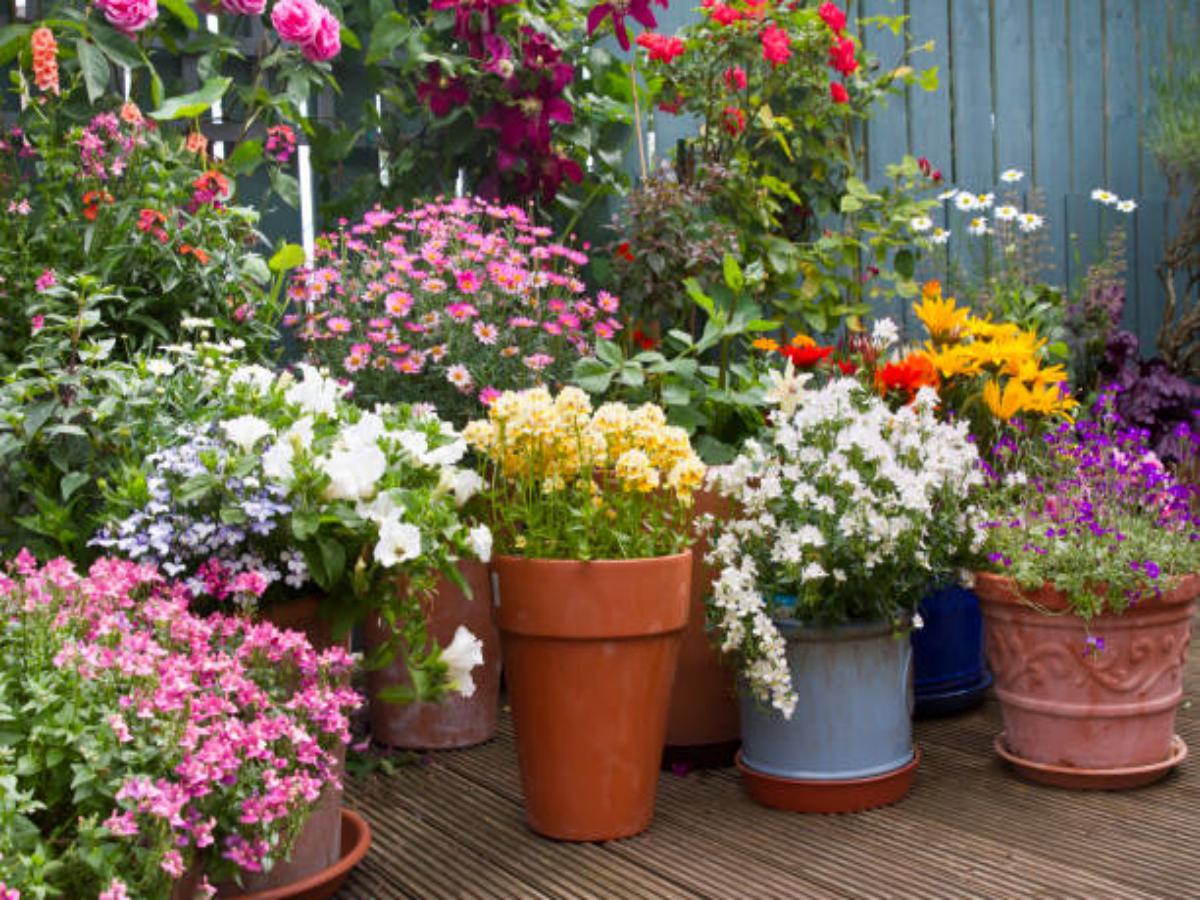Introduction
Flower pots and planters are an essential part of any garden or outdoor space. They not only provide a way to display and organize your plants, but they can also add an aesthetic touch to the overall look of your garden. However, with so many options to choose from, it can be overwhelming to decide which flower pots and planters are right for you. In this article, we’ll provide you with tips and information to help you choose the perfect flower pots and planters for your garden.
1. Materials
The first thing you need to consider when choosing flower pots and planters is the material they’re made of. There are various options available, each with their pros and cons. Here are some of the most common materials:
- Terracotta: This is a classic option that’s great for certain plants. However, it can be brittle and prone to cracking in extreme temperatures.
- Ceramic: This is a more durable option with a glossy finish. It’s perfect for indoor or outdoor plants.
- Plastic: This is a lightweight and affordable material that’s great for beginners. However, some models may look cheap.
- Metal: This is a trendy option that’s great for modern gardens. However, metal can make the soil too hot or cold, affecting your plants’ growth.
- Wood: This is a natural-looking option that’s great for rustic or countryside gardens. However, it may rot or warp over time.
2. Size
The size of your flower pots and planters is also important. Make sure to choose a size that matches the size of your plants and the area of your garden. A large planter might look great with big plants, but it can take up too much space and make the area crowded. Similarly, small pots may look out of place next to large plants.
3. Drainage
Good drainage is essential for healthy plants. Make sure your flower pots and planters have enough drainage holes to let excess water escape. Otherwise, the roots may become waterlogged, leading to rot and disease. You can also add a layer of rocks or gravel at the bottom of the pot to help with drainage.
4. Placement
The placement of your flower pots and planters can affect your plants’ growth. Make sure to choose a spot that provides enough sunlight and shade, depending on the type of plants you have. Some plants may require more or less sunlight than others, so make sure to research their specific needs before placing them in your pots.
5. Style
The style of your flower pots and planters can enhance the overall look of your garden. Make sure to choose a style that matches your personal taste and the theme of your garden. You can choose from various styles, including modern, rustic, vintage, and more.
6. Price
The price of your flower pots and planters is also an important factor to consider. While there are affordable options available, more durable and stylish options may cost more. You may also need to consider the cost of soil, plants, and other materials needed to fill your pots.
7. Mobility
If you like to rearrange your outdoor space frequently, you may want to choose flower pots and planters that are easy to move around. Lightweight materials like plastic or fiberglass are great for this purpose. You can also choose pots with built-in wheels or add casters to help move them around.
8. Climate
The climate of your area is also an important factor to consider. If you live in an area with extreme temperatures, you may want to choose flower pots and planters that are durable enough to withstand those conditions. Similarly, if you live in an area with a lot of rainfall, you may want to choose pots with good drainage to prevent waterlogging.
9. Maintenance
The maintenance required for your flower pots and planters will depend on the materials they’re made of. Some materials may require more frequent cleaning or sealing to maintain their appearance. Make sure to choose a material that matches your level of maintenance commitment.
10. Seasonal Options
Finally, seasonal flower pots and planters can add a festive touch to your garden throughout the year. Choose pots and planters that match the colors and themes of each season, such as bright reds and greens for Christmas, or pastel colors for Easter.

